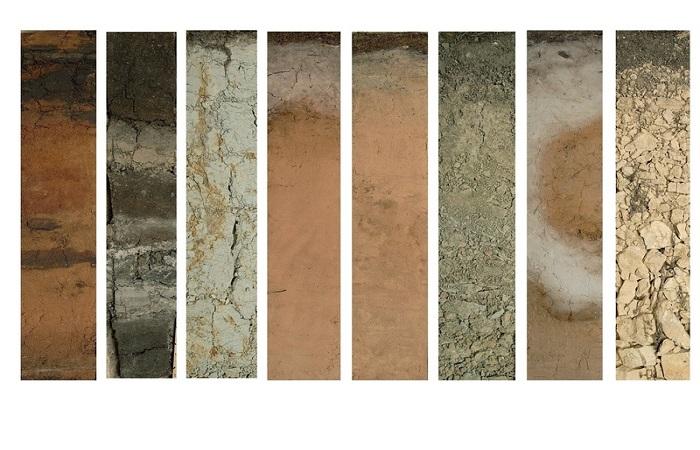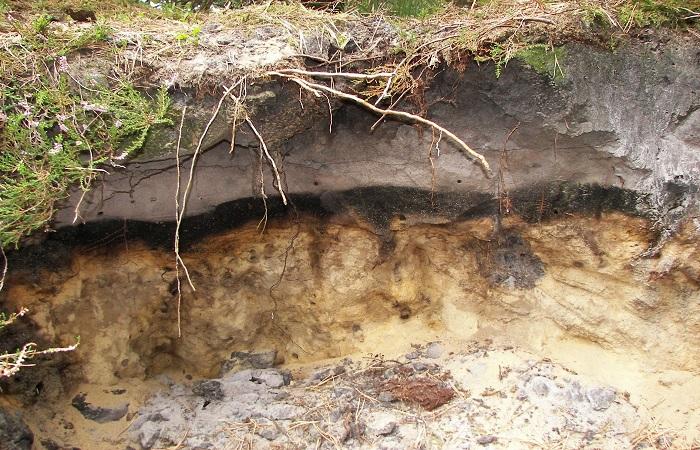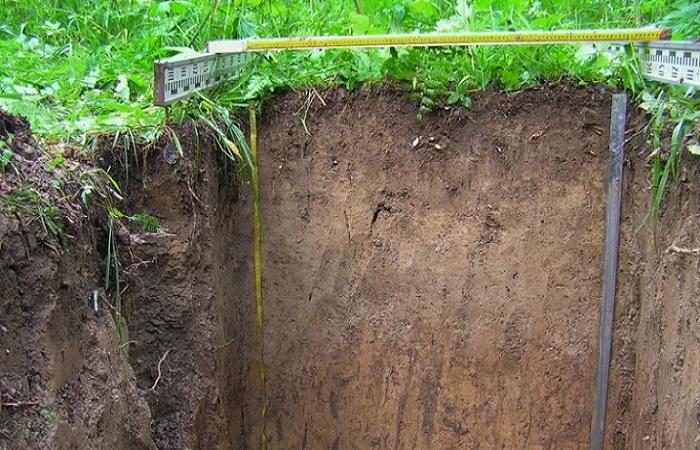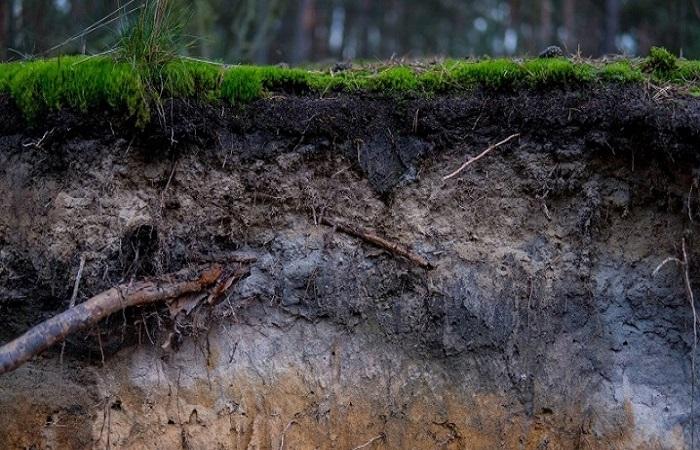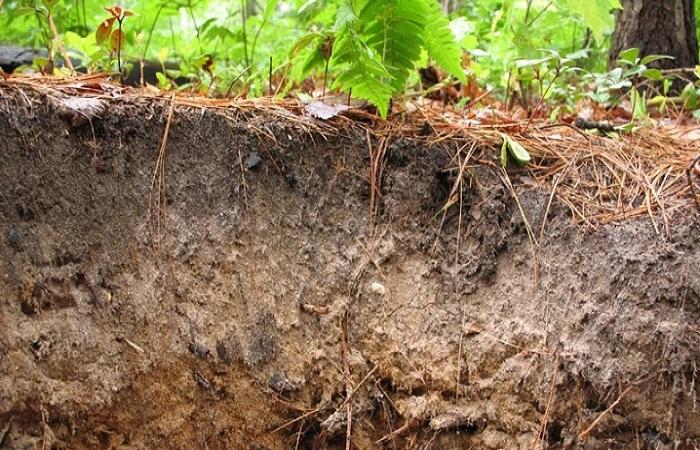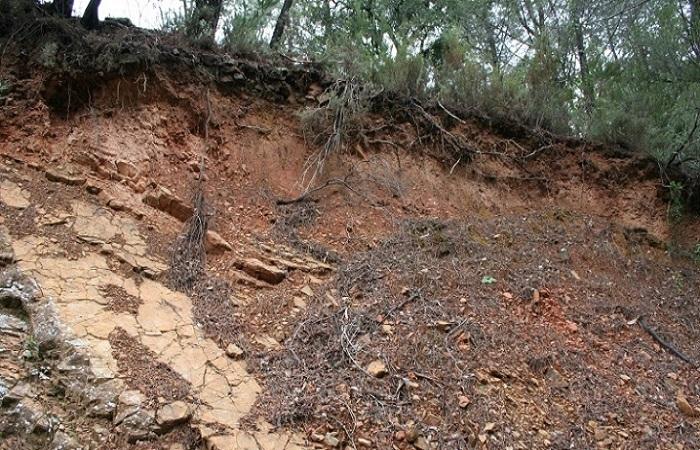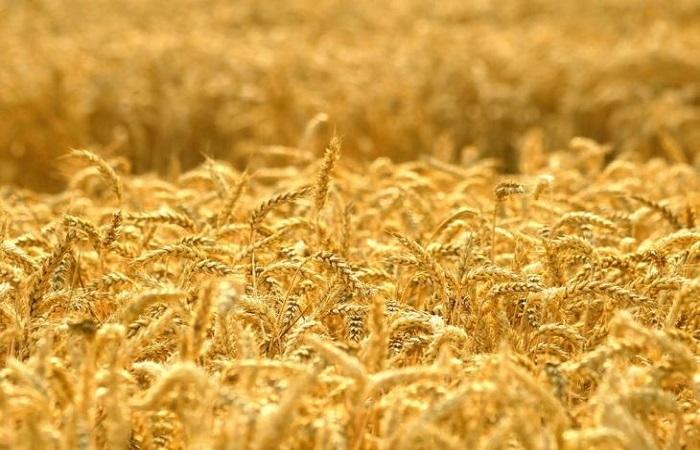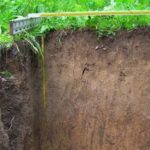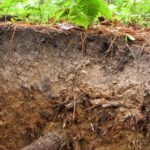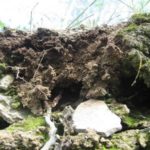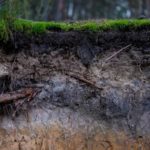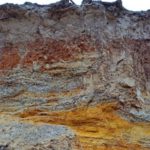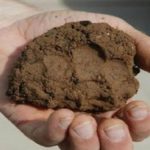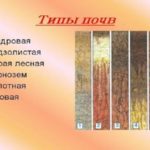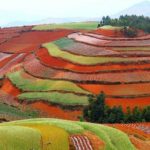The forest zone occupies a significant territory of the East European Plain and Siberia; the soils and vegetation on it were formed under the influence of a temperate and continental climate and abundant precipitation. Let's consider what types of soils are most typical for forest zones in Russia, their characteristics and the economic use of forest soils.
Peculiarities
Forest areas of the temperate zone are sufficiently moist, the intensity of evaporation does not exceed the level of precipitation. The fertile soil layer is on average 10-18 cm thick.
The diversity of forest soils in Russia is due to a different combination of soil-forming factors - rocks, landforms, climate characteristics, time of soil formation, plant species, and the influence of human activity. Even a small change in one of the factors invariably affects the soil profile.
Under pine forests there are podzols, in the area where mixed and spruce forests grow there are soddy-podzolic soils. The main characteristic of both soils is the formation of a podzol or whitish horizon located under the top layer. It consists mainly of bleached sand, which has a color reminiscent of the color of ash.
Closer to the south of the forest zone there are gray forest soils, brown soils on sandy or gravelly rocks, and soddy-carbonate soils on carbonate rocks. Various types of gley soils are formed in moist lowlands, alluvial soils are formed in river valleys, and bog soils are formed in swampy zones. In the east of the forest zone, soils are found that were formed under the influence of volcanic activity.
In the north, the podzol zone transitions into treeless tundra with mosses and lichens, the ground beneath which is marshy or swampy. In the south, the forest zone borders on the forest-steppe.
What types of soils form under forests
The type of soil in Russia is influenced by climate, geographical location, and water regime; Due to the difference in these characteristics, soils of different types are obtained, despite the fact that the vegetation of the forest zone is represented mainly by coniferous and deciduous trees.
Podzolic soils
Land of this type is characterized by periodic moistening of the upper horizon under conditions of low temperatures. The litter and top layer are not saturated with nutrients, nitrogen and ash elements.Podzolic soils are acidic. The activity of soil microorganisms in them is slowed down, the decomposition of organic matter with the help of fungi dominates, resulting in the formation of acids. Fallen leaves and needles do not rot completely, some of the residue remains in the litter, fulvic acids and organic acids are washed into the lower layers of the soil.
Soddy-podzolic soils
This is a subtype of podzolic soils, the most fertile of them. They contain 3-7% humus and are located in the southern part of the East European and West Siberian Plains. Formed by vegetation of deciduous forests. Their formation is characterized by low groundwater levels, the combined action of the processes of sod and podzolization, and the forming rock may have a different mechanical composition.
Compared to podzolic soils, soddy-podzolic soils in Russia have better characteristics - they are better structured, more moisture-absorbing, and richer in humus. But they also don't contain many nutrients, especially nitrogen and phosphorus. Nitrogen remains mainly in organic matter, after mineralization of which nitrate and ammonium forms are obtained, which are easily absorbed by plants.
Permafrost-taiga soil
It is most typical for the plains and mountainous areas of Central and Eastern Siberia and the northern territories of the Far East. A peculiarity of the climate of this zone is the difference in the temperature of the soil and air; even in the warmest time of the year, the soil is colder than the air. The amount of precipitation in different regions of permafrost-taiga soils varies from 200-300 to 500-600 mm.
The permafrost-taiga soils of Russia are formed mainly under the larch taiga; shrubs grow under the trees - lingonberries, blueberries, and so on.In the north they are replaced by species of willow and birch, dwarf cedar, alder and rhododendron.
Gray forest soils
They form under broad-leaved, mixed or small-leaved forests with lush herbaceous vegetation. When used correctly, they are characterized by high fertility and can produce good yields of cultivated plants. Gray forest soils have an acidic reaction; most of these soils contain a small amount of forms of nitrogen, phosphorus and potassium assimilated by plants; the use of mineral fertilizers increases their economic value.
Brown forest soils
Distributed in the south of the Far East under mixed and deciduous forests, in humid regions with a temperate climate. The upper horizon is brown, contains humus and mineral elements, and there is active activity of microorganisms in it. The middle horizon also contains mineral elements leached from the parent rock and organic matter. Because of this, the natural fertility of brown forest soils is quite high.
Application of forest soils
Gray and brown forest soils are used for growing fodder, grain crops, vegetables and fruit crops.
To increase their fertile capacity, it is necessary to systematically apply organic matter and mineral fertilizers, sow green manure and slowly deepen the arable layer. In forest-steppe areas, grains and root crops, corn, potatoes, sunflowers, flax, and horticultural crops are grown.
Dairy and meat cattle breeding is developed in the Western Siberian lands of Russia; Spring grains are grown here. Wetlands are used as pastures and grass is grown for haymaking. In Eastern Siberia, the most important direction of agriculture on gray forest soils is the cultivation of various types of grains and early-ripening cold-resistant crops. Since the reserves of organic and mineral elements in such soil are average, yields are obtained only by applying fertilizers.
The diversity of forest soils in Russia is explained by climatic conditions, the action of various soil-forming factors and the prevailing vegetation. Gray and brown soils are valuable for use in agriculture, and soddy-podzolic ones are to a lesser extent. They can grow grains, vegetables and fruits, but with constant soil improvement.

